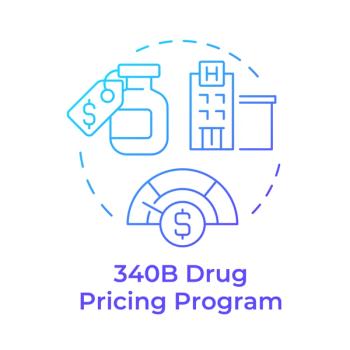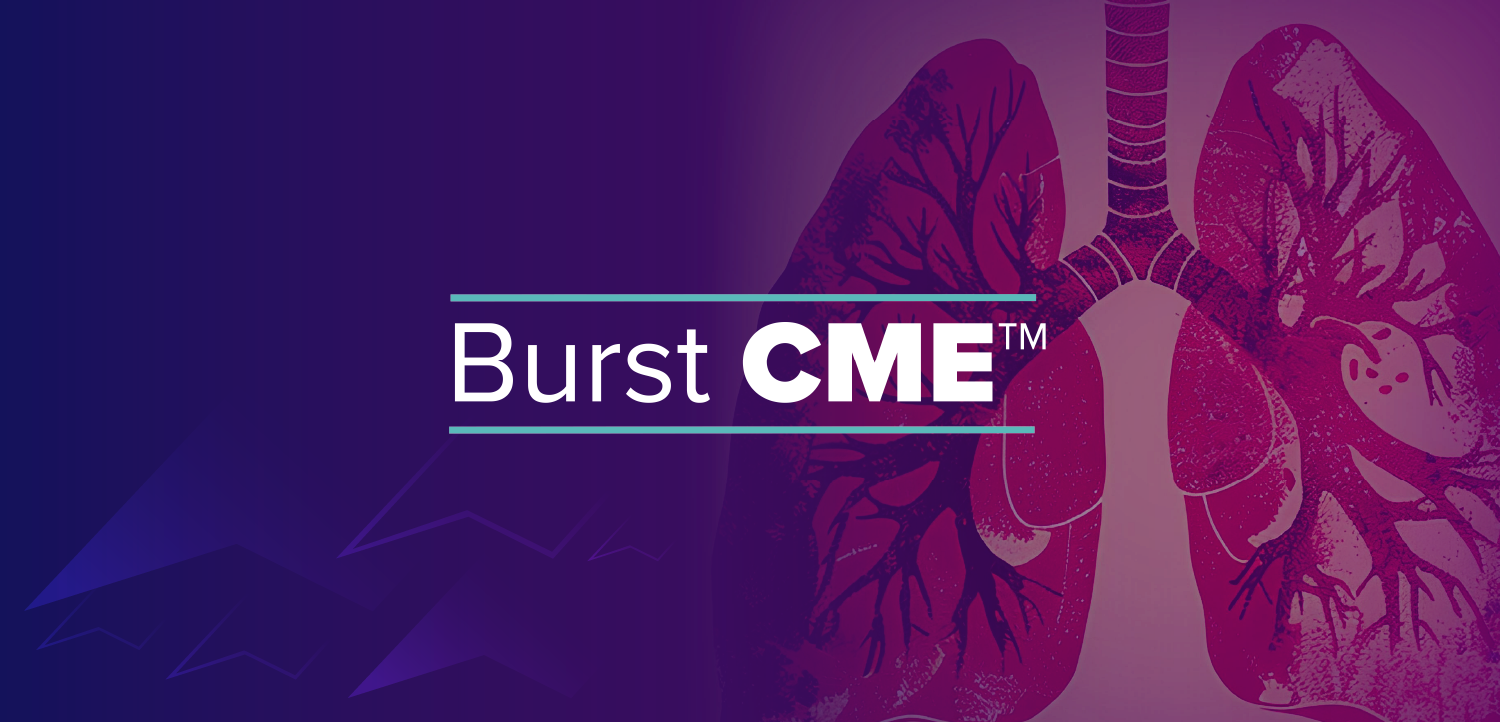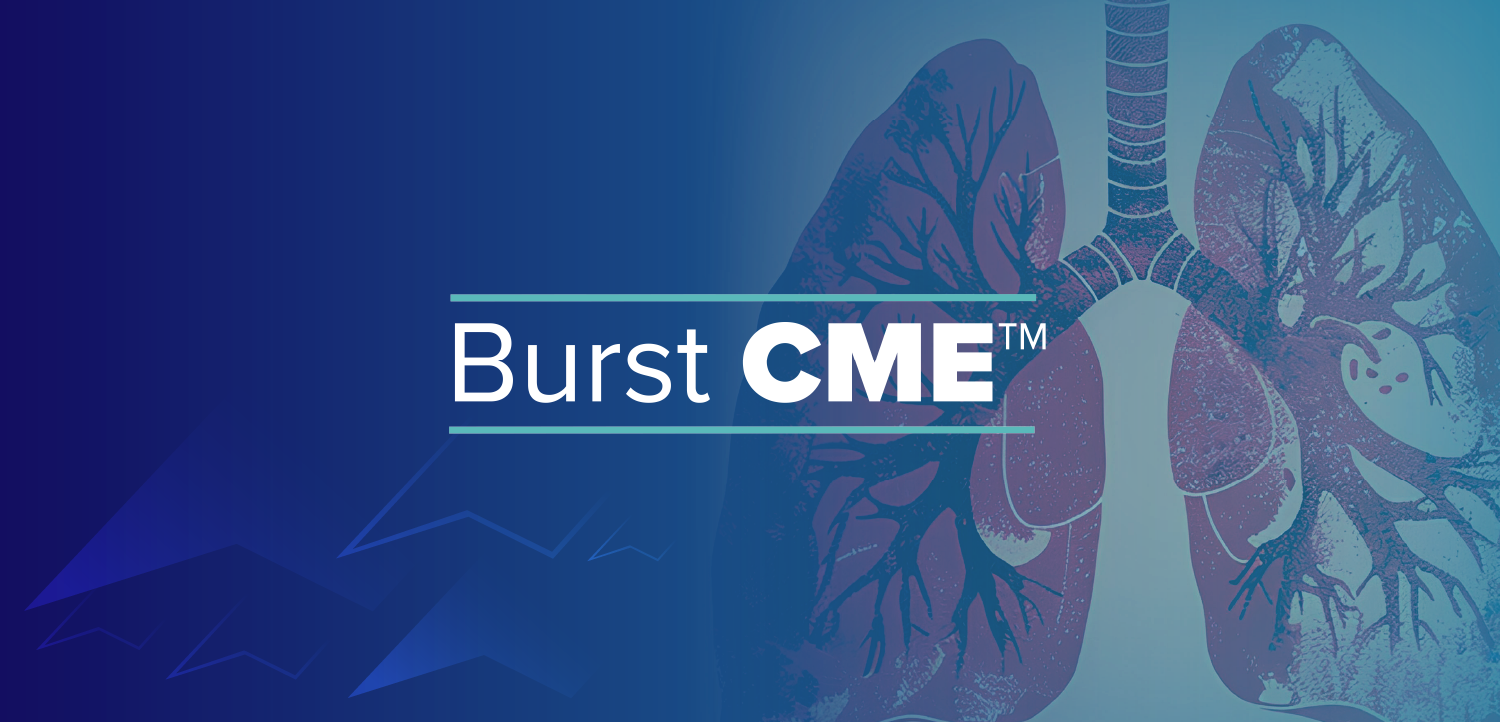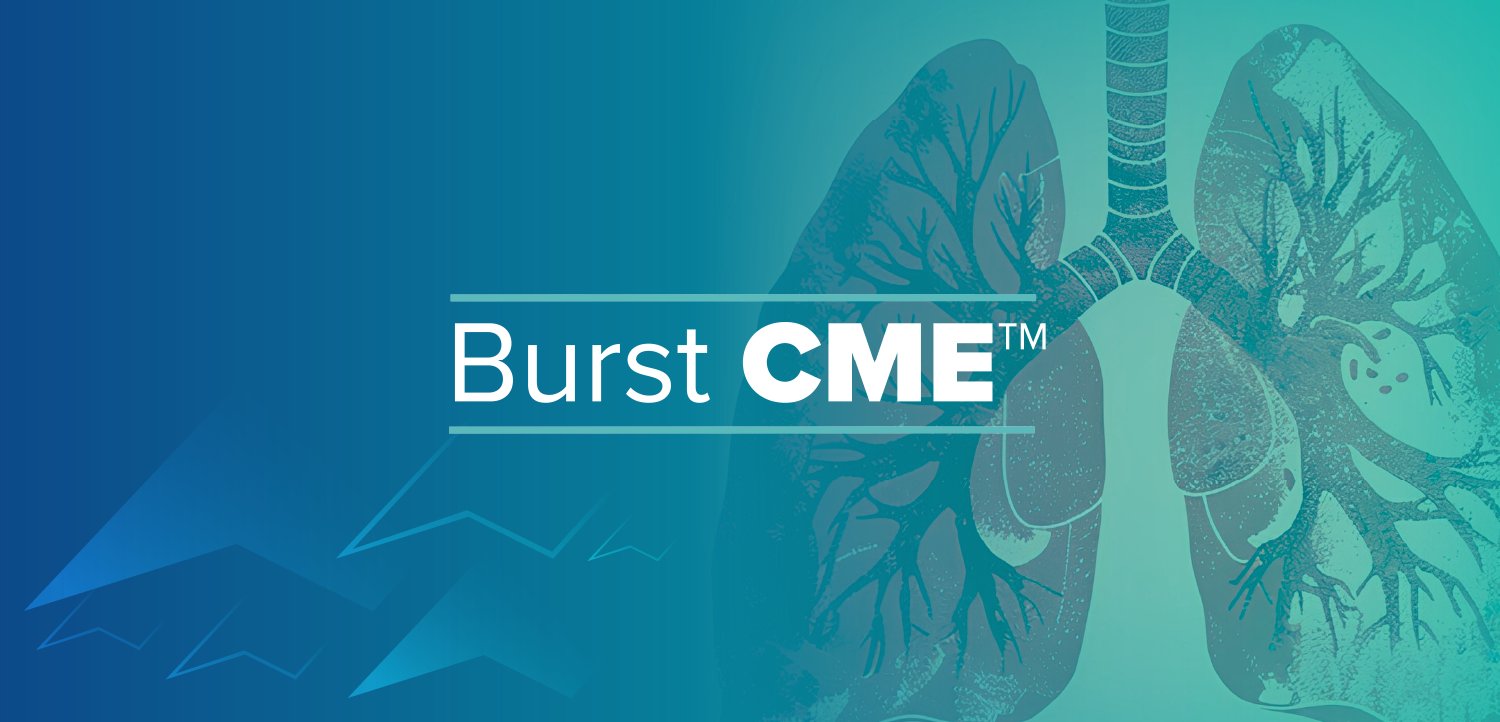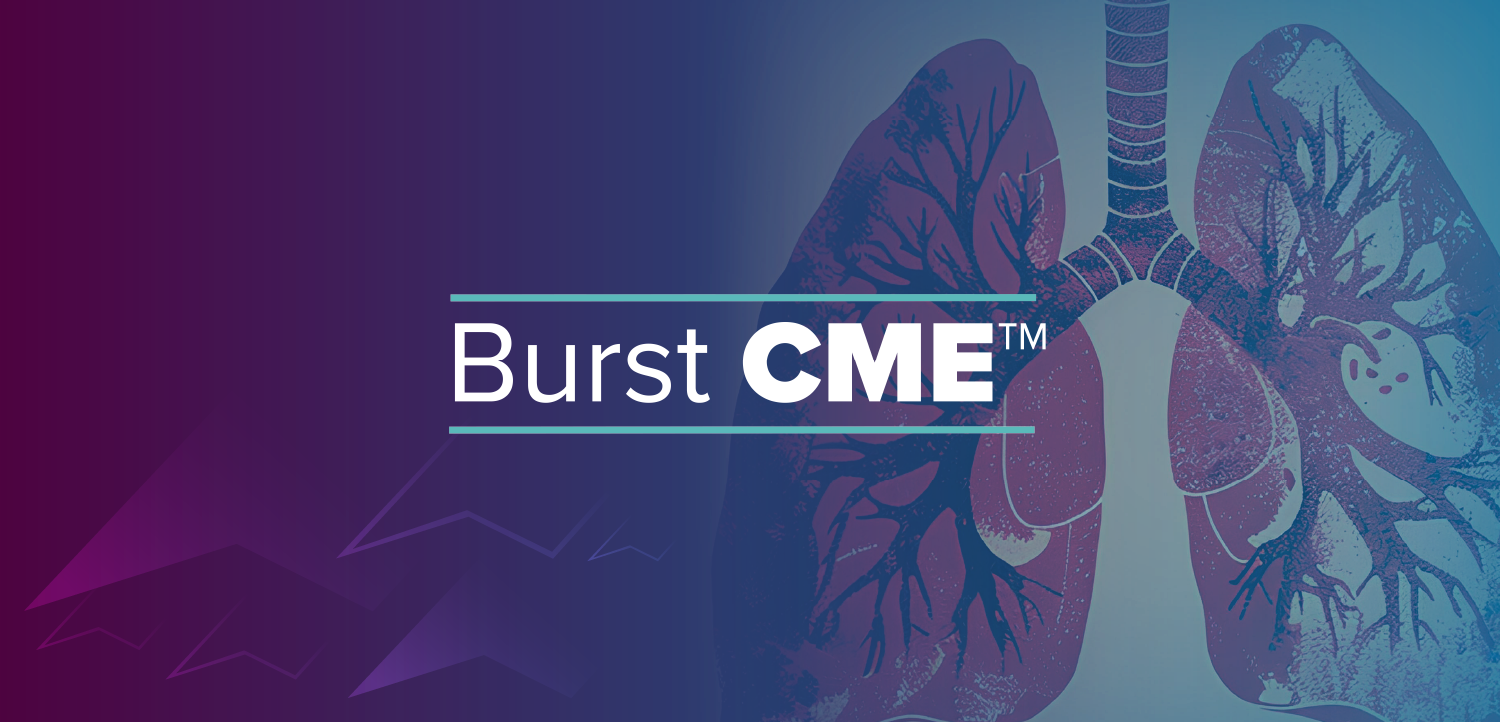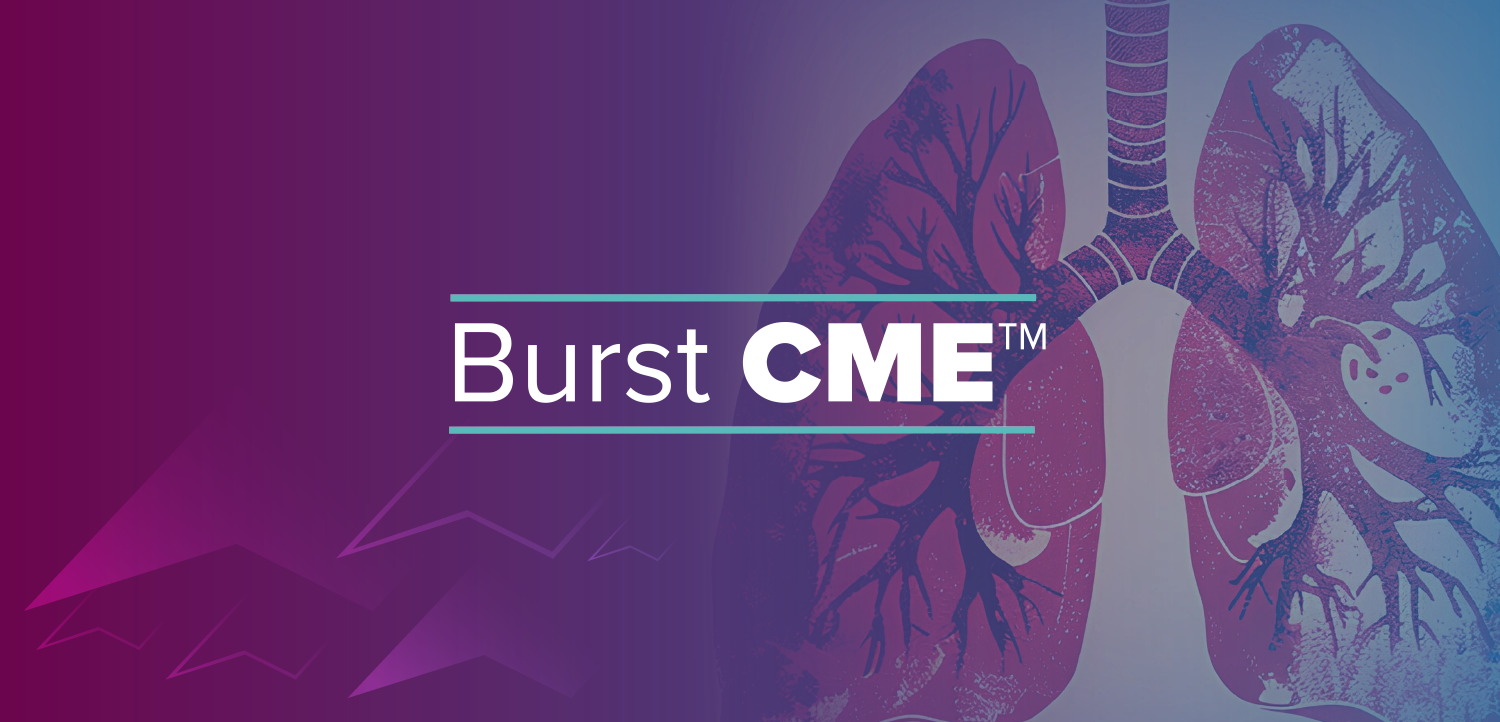
Quantifying star quality ratings
If you move from three stars to four, you might be able to earn another $50 per member per month.
The Medicare 5-Star Quality Rating System was created as part of the Patient Protection and Affordable Care Act (PPACA) to provide bonus payments based on quality rating metrics for Medicare Advantage (MA) plans. But what is a star in the system worth? About $50 per member per month (PMPM), according to L.E.K. Consulting, when moving from a three to four star MA plan.
As part of its “Quality in the Healthcare Marketplace: Becoming a Rising ‘Star’” report, L.E.K. developed a process to quantify the value of a CMS star.
“The $50 PMPM average improvement when moving from a three to a four star plan was calculated by looking at the average CMS Medicare benchmark rates aggregated across all counties and assuming that standardized MA plan bids get set at about 80% of the average benchmark,” says Joe Johnson, a senior manager at L.E.K. Consulting and one of the authors of the report. “We then applied the graduating scale of rebate percentages to calculate the rebate payment based on the difference between the assumed bid and the CMS benchmark (e.g., 55% rebate percentage for a three star plan vs. 65% rebate percentage for a 4 star plan). On average, the difference between this rebate payment for a 3 star plan vs. a four star plan resulted in approximately $50 PMPM.”
Given that MA plans not operating at bonus levels are leaving that amount of money on the table, it’s not surprising that L.E.K. Consulting expects plans to continue to improve their star ratings.
“We know that MA plans have improved their star ratings from 2011 to 2012 and we fully expect the trend to continue as quality improvement initiatives are rolled out across health plans,” Johnson says. “In particular, plans that we work with have become increasingly attuned to closing evidence based medicine gaps in care to drive higher star ratings over time.”
Those gaps in care are often identified by the Healthcare Effectiveness Data and Information Set (HEDIS), which weighs heavily on plans’ overall star ratings. Johnson says one thing plans must do to improve their star ratings is to focus on improving HEDIS measures.
“Baseline practices can include using ‘off-the-shelf’ HEDIS measure tracking tools and software, and conducting targeted campaigns around select HEDIS measures that could be improved,” he says. “More advanced and ‘best-in-class’ practices include creating dynamic, real-time star quality score trackers to enable score forecasting and to inform specific areas for star quality improvement initiatives.”
Newsletter
Get the latest industry news, event updates, and more from Managed healthcare Executive.


